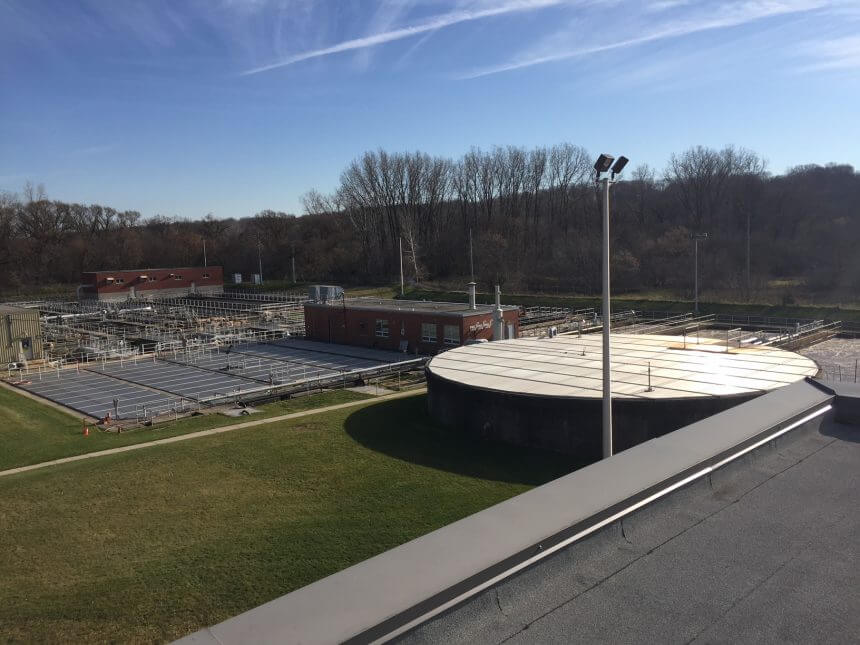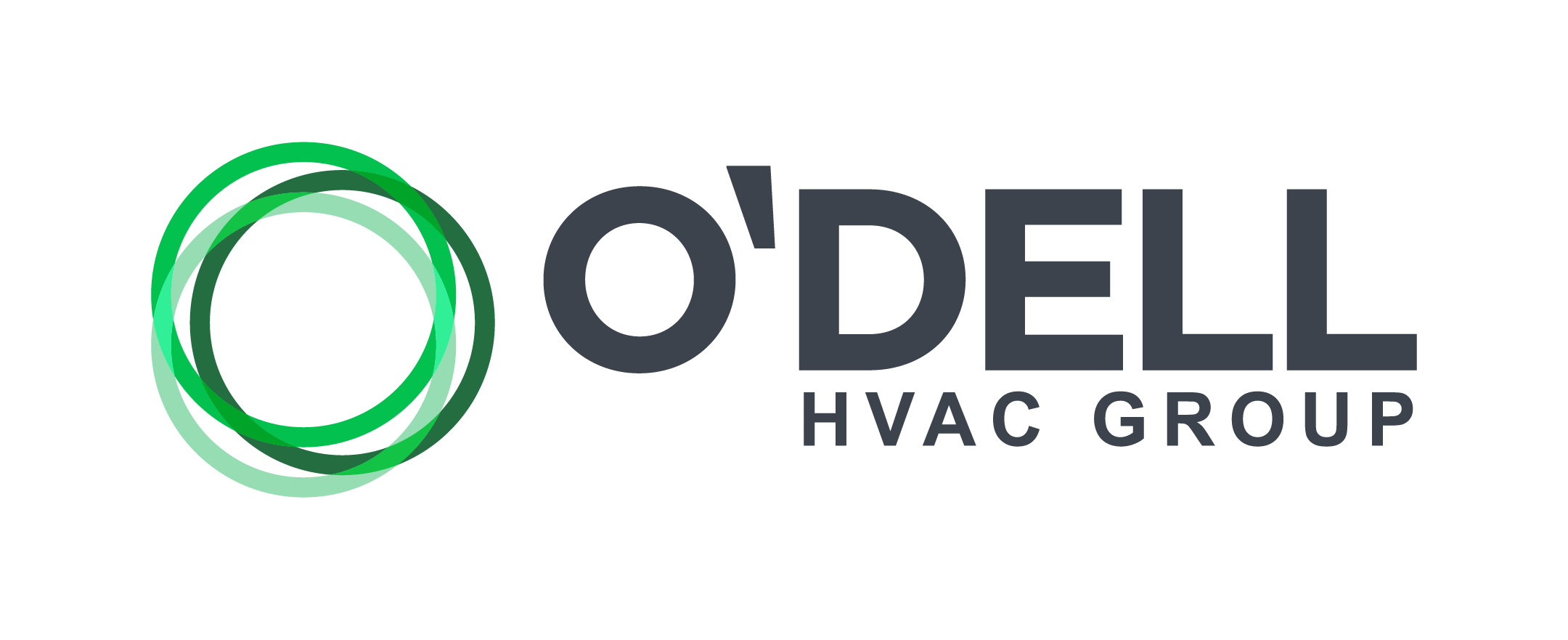
Choosing the Best Feed Gas for Ozone Generators: Ambient Air or Oxygen?
In the first of this two-part series, we examined the technology of injecting ozone as a solution for odour control within the wastewater industry. This post looks at the differences between two types of feed gases for ozone generators: oxygen-fed and ambient air-fed.
Producing ozone using electricity has been around for 100 years; only in the past 25 years has it been considered mainstream technology to use it for disinfection and odour removal of airborne contaminants. Ozone is considered to be the second most oxidizing substance on the planet next to fluorine. What chorine or bleach does as a liquid, ozone can do as a gas. Ozone will neutralize any odourous molecular compound given enough reaction time.
Ozone is created when oxygen is passed through an electrically charged plasma field. The reaction turns oxygen into mono oxygen and then into ozone. This third oxygen molecule is highly reactive and quickly attaches itself to other molecules. The reaction breaks apart the bonds of the molecule, rendering it both odourless and inactive.

The most common method of creating ozone involves using ambient air as a feed gas—which is made of 20.95 percent oxygen, 78.98 percent nitrogen and .07 percent argon, carbon dioxide and other gases. But this is a very ineffective process because the feed gas is just 21 percent efficient.
The next problem with using ambient-fed air is that the nitrogen reaction produces nitrogen dioxide, nitrous oxide and nitrogen sulfate. These gases create a salt that, in time, will deteriorate the plasma field’s ability to produce ozone.
Additionally, humidity is the biggest contributor to reducing the plasma field’s ability to produce ozone. On hot humid days in the middle of summer when odour levels are at their highest, high humidity and high temperatures can reduce the ozone production by as much as 80 percent. To summarize, ambient-air ozone generators do not deliver consistent ozone production and are very costly to maintain.
Creating consistent and reliable ozone is the key to an effective odour control system. As it turns out, the composition of the feed gas supplied to the ozone generator—or “reactor”—is vitally important.
The solution is oxygen-fed ozone generation. This does not mean that you need to keep oxygen tanks on site. In fact, the latest ozone generators use pure oxygen-fed reactor heads that create up to five times more ozone than their ambient-fed counterparts—and they do so consistently.
O’Dell’s Ozonetech system uses an oxygen concentrator that delivers up to 95 percent pure oxygen and at a zero dew point. This eliminates problems caused by nitrogen salt buildup and moisture that are found in ambient-air ozone systems.
The goal is reliable ozone production that is virtually maintenance free. The Ozonetech solution is a simple process contained within a very small compact unit that delivers consistent cool feed gas to the reactor head. This guarantees steady amounts of ozone.
For more information about this breakthrough in ozone-generating technology, contact O’Dell today.


thanx for sharing this useful information with us thanx so much
You’re welcome!